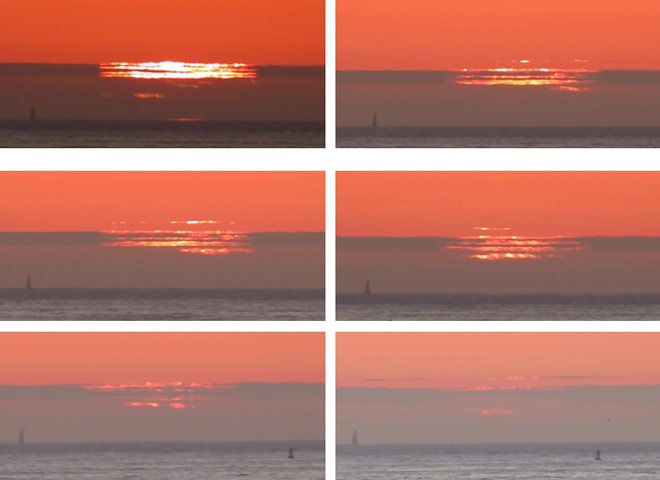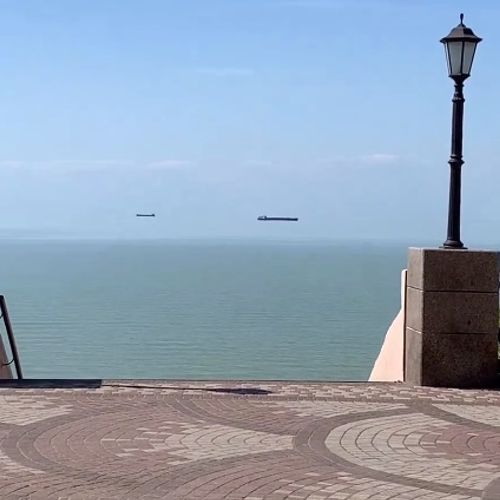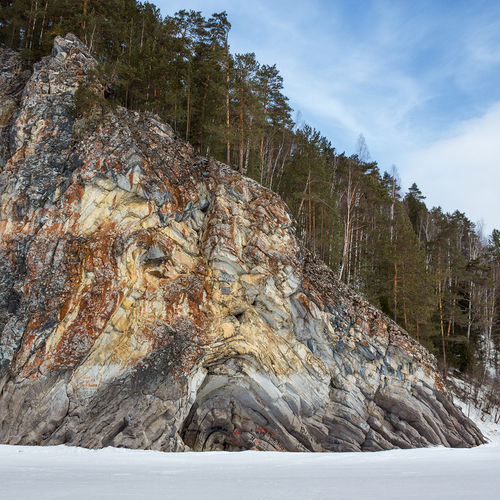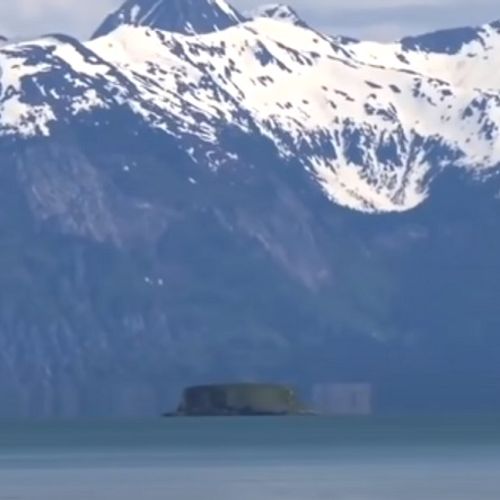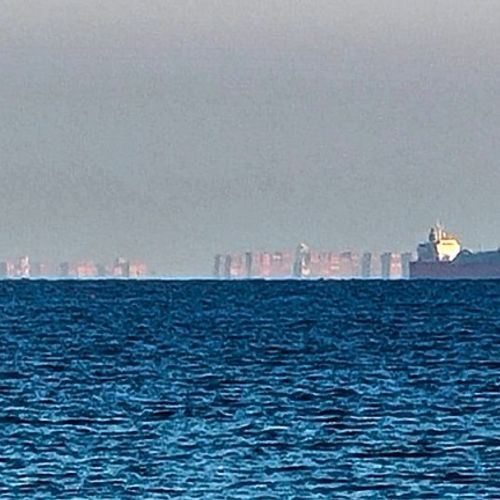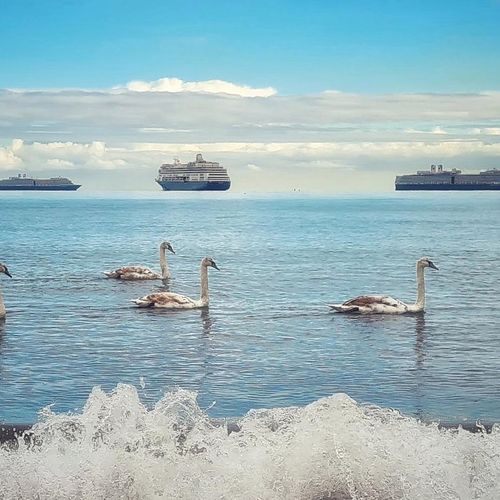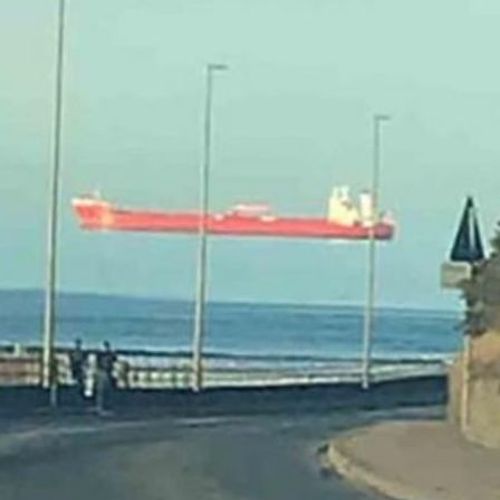
| Added | Wed, 24/04/2019 |
| Источники | |
| Дата публикации | Wed, 23/09/2015
|
| Версии |
January 1597 was not the best to command the third expedition of Willem Barents to the Arctic. While searching for the Northern sea route the ship of the sailors stuck in the thick polar ice. The crew camped on the ice and expected end of the long polar night. 24 Jan 1597 team member Gerrit de Veer said that he saw the Sun above the horizon for 2 weeks prior to scheduled return. It was the first recorded example of the effect of the New Earth, the Arctic Mirage, in which it seems that the Sun, although actually it is over the horizon.
This effect is explained and has been recognized by scientists only in the late twentieth century. The Mirage of the Sun appears above the horizon due to the curvature of rays in the inversion layers of the atmosphere. While the Orb takes the form of a rectangle or line. The visibility of the effect depends on meteorological conditions.
Fast forward to our time. 20 September 2015 the New Land was observed by Mila Zinkova in San Francisco. "After the voyages of Barents in the 16th century, Ernest Shackleton, Fridtjof Nansen and others have described the same effect during his own polar expeditions, says Zinkova. For example, Ernest Shackleton testified, as the Sun returned in 9 days after we went 8 may (Austral winter). In California, the effect is never so strong. Here we are talking about minutes, not days. It looks like the Sun wants to sit down. It is a village 5 minutes later than it should".
Zinkova sent the pictures to an expert in atmospheric optical phenomena, Andy young, and he confirmed:
"This is the effect of New Land although refraction is not very strong. Photos of San Francisco like the pictures of the polar solar Mirage, made Nansen," reports the site Spaceweather.
Translated by «Yandex.Translator»
© Mila Zinkova | Spaceweather.com
Translated by «Yandex.Translator»
Новости со схожими версиями
Log in or register to post comments
